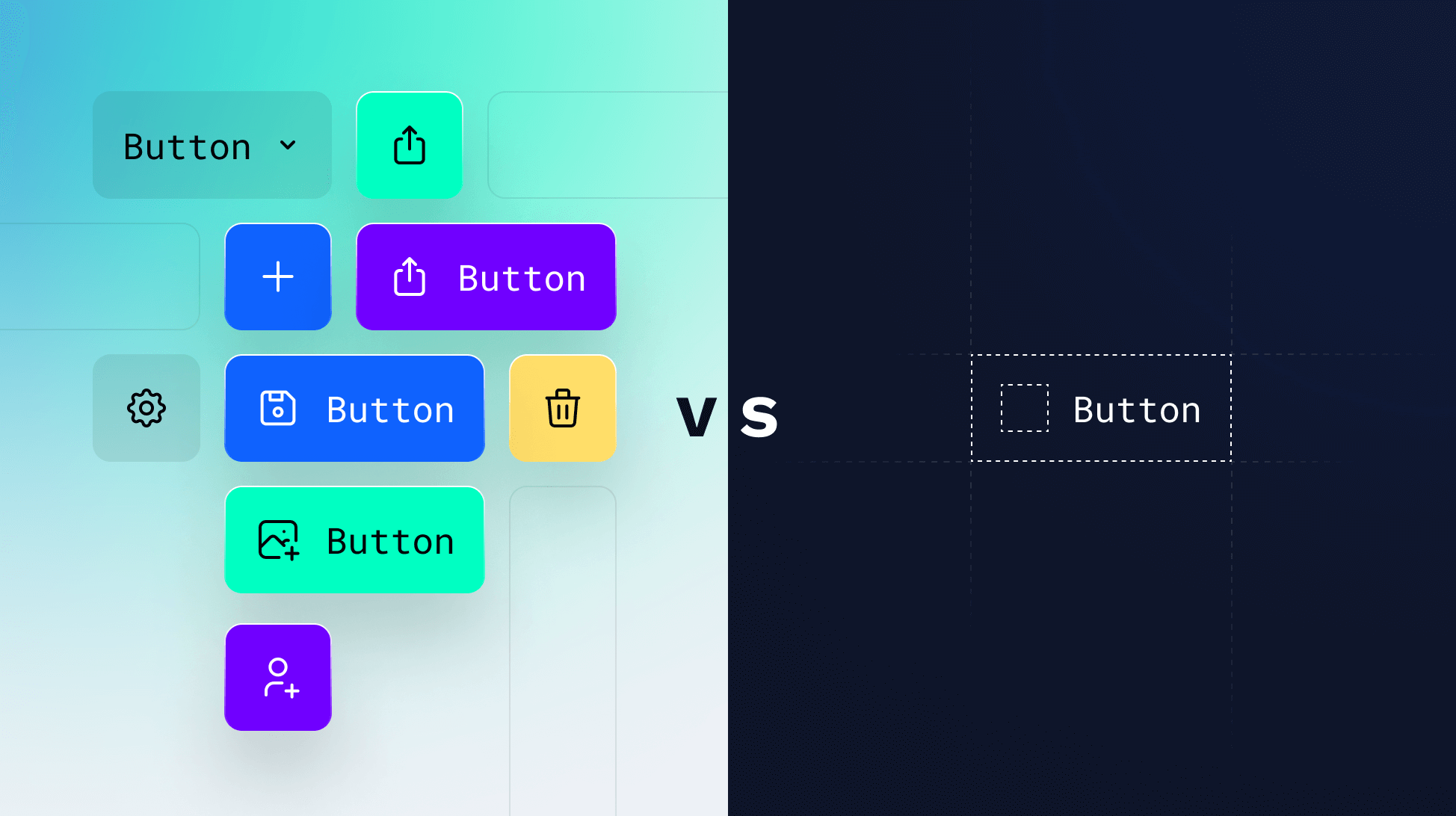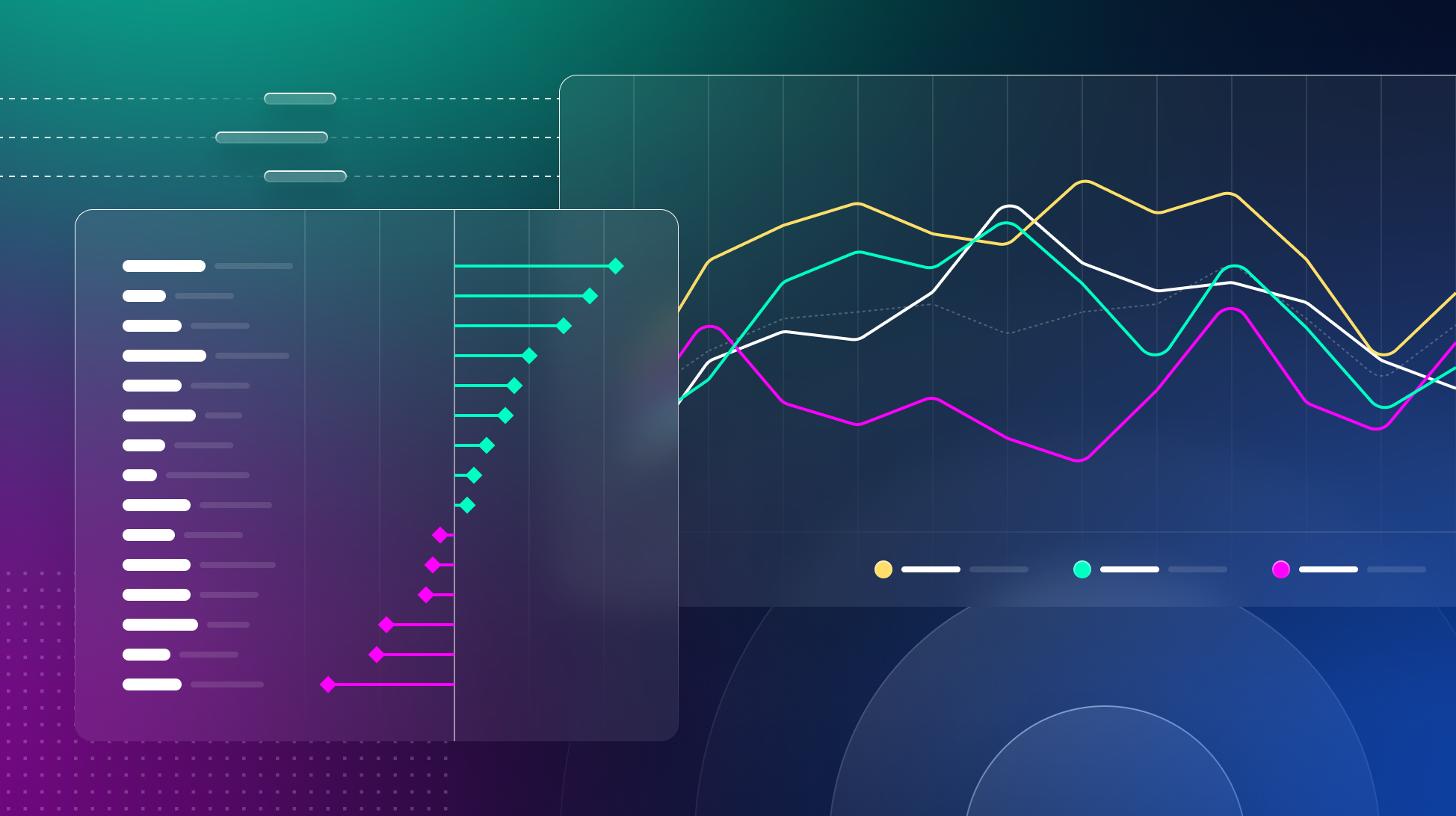
Creating a Future-Proof Design System: Comparing Tools vs. Headless
Explore the differences between traditional design system tools and a headless design system approach. And how Supernova with the power of it's SDK can combine the best of both worlds.
When it comes to building a robust and efficient design system, two primary approaches stand out: utilizing design system tools to create traditional design systems and adopting a headless design system methodology. Each of these approaches brings its unique strengths to the table, catering to different needs and scenarios for product teams. But design systems can be a huge investment, and teams want to make sure their choice is scalable and future-proof. So, let's look at how these approaches differ and what you can do to future-proof your design system.
Adopting a user-friendly approach with traditional design system tools
Traditional design system tools offer a comprehensive environment where design and development teams can collaborate. These tools are known for their user-friendly interfaces, making the building, documenting, and management of design systems more straightforward and accessible. A good example of this is building your design system with Figma's built-in tools. They provide an integrated workflow, where all aspects of a design system — like designs, documentation, and sometimes even code — are housed in one cohesive and interactive platform.
These integrations are particularly beneficial for teams seeking to streamline their process, where design changes can be easily implemented in Figma and updated in other places. These tools often come with extensive support and documentation, easing the learning curve and helping teams maintain and evolve their design systems over time.
Limitations of traditional design system tools
However, the reliance on a specific tool can also introduce certain limitations. Design system tools are often tied to specific platforms or technologies, which can restrict flexibility.
.png)
The scope of customization is usually bound by the features and options provided by the tool, potentially limiting innovation or specific tailor-made solutions. These limitations can be a significant concern for teams looking for a high degree of customization or needing to apply their design system across a diverse range of platforms.
Adopting a tailored and scalable approach with a headless design systems
On the other hand, a headless design system approach offers a high degree of flexibility and adaptability. According to a DesignSystems.com survey in 2021, 67% of large corporations looked towards embracing headless systems within two years, driven by their promise of adaptability.

This methodology involves decoupling the design tokens and elements from their implementation, allowing them to be applied across various platforms and technologies. This platform-agnostic nature of headless design systems makes them highly scalable and suitable for organizations that have a presence across multiple digital mediums beyond just the product. A good example of this is custom-built design systems like Shopify’s Polaris, amongst other popular design systems.
Headless design systems are ideal for teams that require a consistent design language across a diverse range of applications, from web to mobile to IoT devices. By centralizing the design rules and guidelines and allowing for their application through APIs, headless systems ensure a uniform brand experience across all platforms. This approach also facilitates easier updates and maintenance, as changes to the design system can be made centrally and then propagated seamlessly across all platforms.
Limitations of headless design systems
The headless approach does come with its challenges. The setup and management of a headless design system require a deeper technical understanding, and the lack of a unified user interface means that robust documentation and coordination among teams become crucial. This can add complexity to the development process. More importantly, this all adds significantly to the cost in both time and money, needing a dedicated team of engineers to implement the solution. Requiring constant maintenance also adds up to making it daunting for teams without strong technical expertise or resources.
So, how can you future-proof your design system, given two approaches with their own drawbacks? On the one hand, you need significant resources to build and maintain a headless design system. On the other, you could run the risk of investing in a design system that hits a limit due to a tool's capability. What if there's a way to make the most of out of both approaches?
Creating a future-proof design system with Supernova + SDK
Imagine if you could merge the best aspects of both worlds. Supernova helps you build, manage, document, and deliver your design system unlike any other tool. Beyond that, you also get full access to the Supernova SDK that lets you take your design system data into your own hands. Let's break down what exactly you can do with Supernova and how it can supercharge your team to build a future-proof design system that scales with you.
Fully-connected design system
Unlike traditional design systems, Supernova puts a strong focus on flexibility and interconnectivity. After importing your design tokens from Figma, you can connect them directly to your documentation pages and your codebase.
With a list of out-of-the-box exporters and the ability to create your own, you can ensure that Supernova connects to your entire tech stack. Once you update a design in Figma, Supernova will automatically update the same token in your documentation and codebase.
This connectivity lets you forget about possible inconsistencies and instead focus on designing and scaling. There's much more to Supernova, but you're probably curious about what you can do with the SDK in your hands.

Leveraging the Supernova SDK
As we've explored the merits of design system tools and headless design systems, it's crucial to understand how Supernova's SDK enhances this landscape.
Customization and integration
Supernova’s SDK is more than a mere tool; it’s a versatile foundation for crafting custom solutions specific to your organizational needs. Whether it's developing unique design plugins or integrating seamlessly with existing workflows, the SDK serves as a robust set of building blocks for your creative endeavors.
Extending Supernova's capabilities
Designed for extensibility, the SDK empowers you to go beyond Supernova’s already impressive feature set. This flexibility enables the addition of custom functionalities and integration with third-party services, catering to your evolving business requirements and future-proofing your design system.
Avoid vendor lock
Recognizing the importance of data sovereignty, the SDK ensures you’re not anchored to a single vendor. It grants you the liberty to manage your data autonomously, from design tokens to complete components, preserving control and facilitating easy migration if business needs shift.
Simplifying complexity
Managing design system data can be challenging, but Supernova’s SDK simplifies this task. It provides structured and logical access to your design system data, allowing your developers to interact with it intuitively, without getting entangled in complexities. This ease of use enables your team to concentrate on what’s paramount — crafting outstanding digital experiences.
Incorporating Supernova’s SDK into your design system strategy offers a comprehensive solution combining the benefits of design system tools and headless design systems. It promises a future-proof, flexible, and efficient approach to managing your design needs. For a full guide on how to make the most out of the Supernova SDK, check out our documentation.



